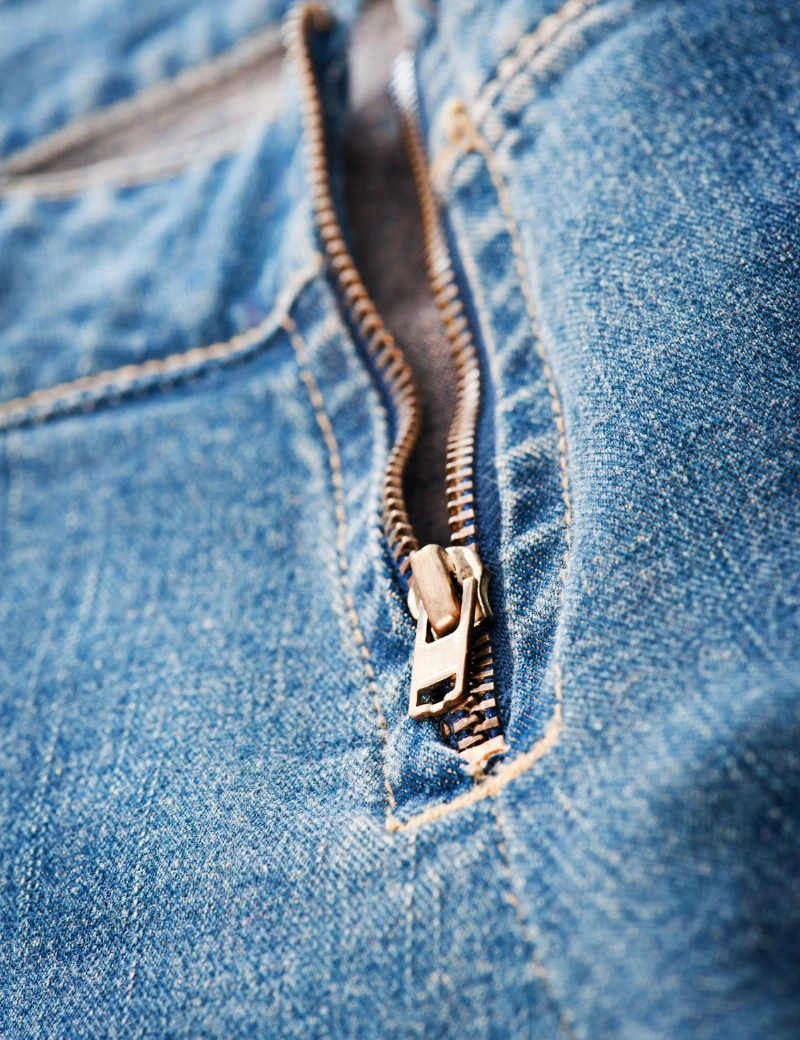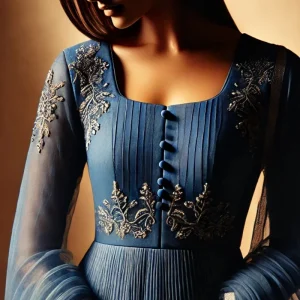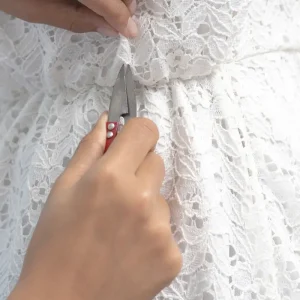No products in the cart.
Men’s Clothes Repairing Services
From ₹99.00
Repairs on Indian men’s garments can vary from simple fixes like stitching up small tears to more intricate alterations like replacing zippers, re-embellishing decorations, or reshaping shoulders and armholes. A skilled tailor can help restore the garment to its former condition while preserving its design integrity. Regular repairs and maintenance can significantly extend the life of traditional wear like kurta, sherwani, bandhgala, and salwar, ensuring they continue to fit well and maintain their elegance.
Choose any of the below options tailored to your occasion.
Description
Repairs on Indian men’s garments are common due to the delicate nature of fabrics and frequent wear and tear. These garments often involve intricate stitching, embroidery, and traditional designs that require careful handling. Whether it’s a kurta, sherwani, bandhgala, Nehrus, salwar kameez, or any other piece of Indian clothing, knowing the right approach to repairs ensures longevity and restores the garment’s functionality and appearance. Here are a few pointers on repairing Indian men’s garments:
1. Repairing Tears and Holes in Indian Men’s Garments:
Minor Tears and Holes:
- Invisible Stitching: For minor tears or small holes in delicate fabrics like silk, chiffon, or cotton, use a hidden stitch repair (also called invisible stitching or blind stitch). This method helps the garment retain its aesthetic without visible seams.
- Patchwork for Larger Holes: For larger holes or damaged areas, a patch made from matching fabric or embroidery can be sewn over the area to blend with the garment. This is common in kurta sleeves or salwar bottoms where damage might occur due to friction.
- Embroidery Replacements: If the tear is in an embroidered or heavily embellished area (e.g., on a sherwani or bandhgala), the embroidery design can be recreated or patched over the damaged area to restore the garment’s look.
Restoring Fabric Integrity:
- Reinforcing Weak Spots: For areas like the elbows, collar, or hemline that show signs of wear, reinforce the fabric with a matching reinforcement stitch or patch to avoid further tearing.
- Reweaving Fabric: In cases of fabric thinning or large rips (like in kurta body panels), some fabrics can be re-woven or repaired with special threads to restore the garment’s strength. This is especially important for fine silk or brocade fabrics often found in sherwanis.
2. Repairing Zippers and Closures:
Zipper Problems:
- Sticking Zipper: For kurta jackets, bandhgala jackets, or any garment with zippers, a zipper that’s sticking or not moving smoothly can be fixed by applying a lubricant like wax, soap, or graphite on the zipper teeth. This will help the zipper slide more easily.
- Broken Zipper Teeth: If the zipper teeth have come apart or are missing, replacing the entire zipper is often the best option. Zipper replacements should be done with high-quality zippers to maintain the garment’s integrity.
- Replacing Zipper Pull: In cases where the zipper pull is broken but the zipper itself is still functional, simply replacing the zipper pull with a matching or decorative one is a quick fix.
Button and Hook Replacements:
- Missing or Broken Buttons: For garments like sherwanis, kurta shirts, or Nehrus, if a button falls off or breaks, it can be replaced with a matching button. If the button is heavily embroidered or features a unique design, a tailor can either repair the button or add a similar decorative replacement.
- Hook and Eye Fasteners: For sherwanis or bandhgalas, the hook and eye fasteners may sometimes loosen or come undone. These can be restitched or replaced to restore the garment’s fit and functionality.
3. Repairing the Hemline and Edges:
Loose or Unstitched Hemlines:
- Rehems: If the hemline of a kurta, salwar, or churidar comes undone or frays, it can be re-stitched to restore its appearance. For traditional garments, it’s important to ensure the new hem aligns with the original design.
- Preventing Fraying: For fabrics prone to fraying (such as linen, cotton, or khadi), reinforcing the hem with additional stitching or hem tape can help prevent future damage.
Frayed Edges:
- Restoring Clean Edges: For frayed edges on churidar bottoms, kurta cuffs, or the neckline of bandhgalas, the edges can be carefully cleaned up and restitched. If the fraying is severe, the damaged fabric can be replaced with new fabric and carefully blended to match the original design.
4. Mending Fabric Snags or Pulls:
Snags in Fabric:
- Re-tensioning the Fabric: Snags or pulls in the fabric (common in silk, satin, or woolen garments) can be repaired by carefully re-tensioning the fabric or re-weaving the snagged area. This is crucial for garments like sherwanis and bandhgalas that often feature intricate, delicate fabrics.
- Covering Snags with Appliqué or Embroidery: In some cases, decorative embroidery or appliqué can be used to cover up snags in formal kurtas, sherwanis, or Nehrus, especially if the damage is in a visible area.
5. Fixing Sleeve and Shoulder Seams:
Loose or Unraveling Sleeves:
- Re-seaming Sleeves: If the sleeves on a kurta, sherwani, or Nehrus start to unravel or feel loose, the sleeve seams can be restitched for a more secure fit. If the fabric is too worn out, the entire sleeve may need to be replaced.
- Shoulder Seams: For shoulder seam damage, the seam can be resewn or reinforced to avoid further breakdown. If the shoulder padding (in suits or bandhgalas) becomes flattened or loses its shape, the padding can be replaced.
6. Fixing Fit Issues:
Waist or Side Seams:
- Letting Out or Taking In: If the garment no longer fits comfortably around the waist or sides, adjusting side seams is an option. For example, a kurta that has become tight around the chest can be let out slightly to create a looser fit, or a sherwani can be taken in for a more tailored silhouette.
- Re-aligning Zippered or Buttoned Side Panels: If the side panels (whether zippered or buttoned) become misaligned due to wear, the side seams can be adjusted or restitched for a smoother, more seamless appearance.
7. Fixing Pilling or Lint:
Fabric Pilling:
- Removing Pills: For garments like woolen kurtas, Nehrus, or bandhgalas, fabric pilling can occur over time. Using a fabric shaver or lint roller can help remove the pills. For more serious pilling, the fabric may need to be re-brushed or even replaced in areas of significant damage.
- Preventing Future Pilling: Proper care and storage are essential to avoid pilling. Make sure that woolen or cotton-based garments are washed according to the fabric’s requirements.
8. Re-adding or Fixing Embellishments:
Missing or Damaged Embellishments:
- Resewing Buttons, Beads, or Embroidery: In garments like sherwanis, bandhgalas, and kurta sets, beads, sequins, or embroidery may sometimes loosen or fall off. A tailor can recreate or repair these embellishments to match the original design.
- Replacing Decorative Elements: If a decorative clasp, embroidered motif, or beadwork is missing, these can be replaced with new items that match the design to maintain the garment’s appearance.






